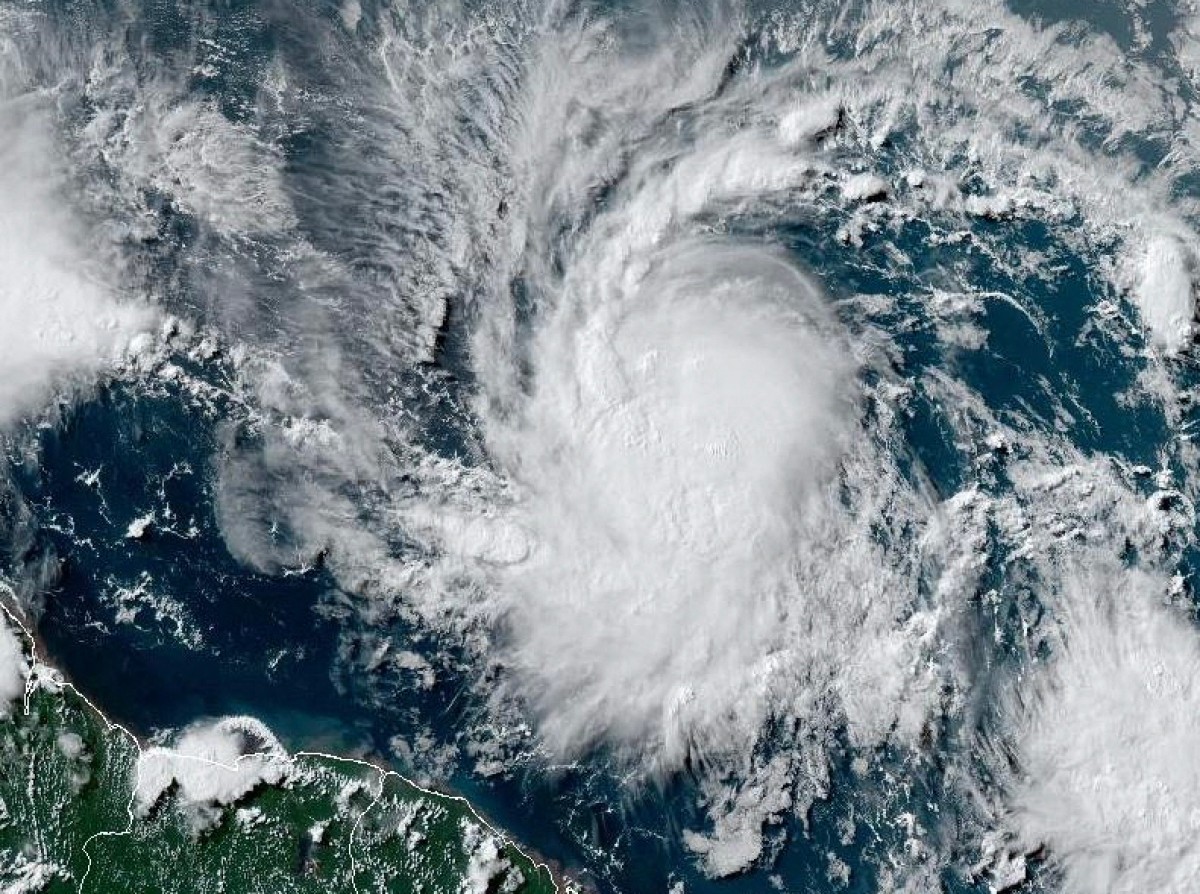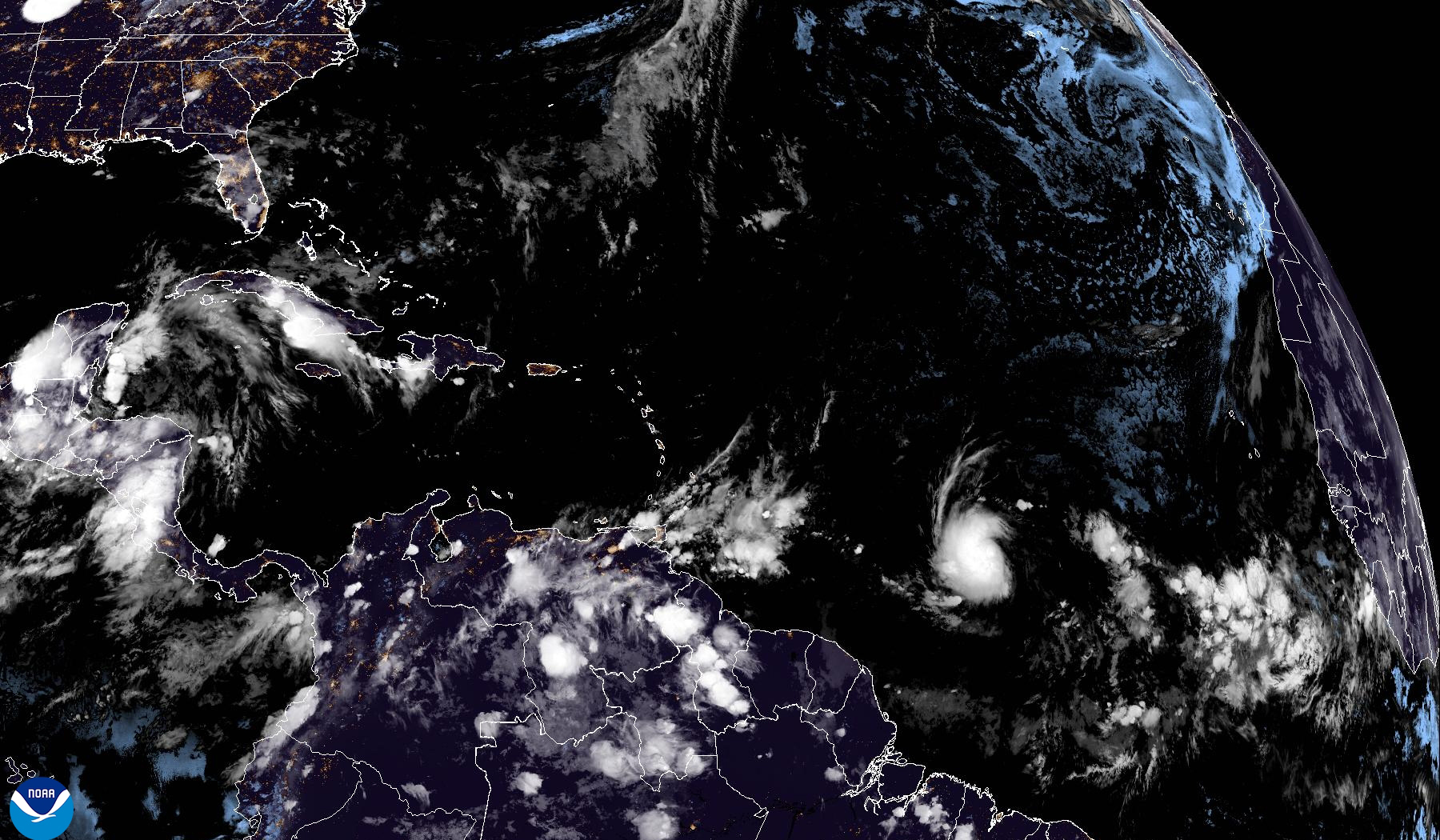Hurricane Beryl’s Path and Intensity

National hurricane center beryl – Hurricane Beryl, a Category 1 hurricane, is expected to intensify as it moves across the Atlantic Ocean. The storm is currently located about 1,000 miles east of the Lesser Antilles and is moving west-northwest at 15 mph.
Beryl is expected to strengthen into a Category 2 hurricane by Tuesday and could reach Category 3 strength by Wednesday. The storm is expected to pass near or over the Leeward Islands on Tuesday night and Wednesday morning.
The National Hurricane Center is monitoring Beryl, a tropical storm that is expected to strengthen into a hurricane in the coming days. The storm is currently located in the Atlantic Ocean, and is expected to make landfall in the southeastern United States later this week.
For the latest information on Beryl, please visit the nhc beryl website.
The National Hurricane Center has issued a hurricane watch for the Leeward Islands, including Antigua, Barbuda, St. Kitts and Nevis, and Montserrat. A tropical storm watch is in effect for the British Virgin Islands and Puerto Rico.
Potential Impacts, National hurricane center beryl
Hurricane Beryl could bring heavy rain, strong winds, and storm surge to the Leeward Islands. The storm could also cause flooding and landslides. Residents in the affected areas should be prepared to take precautions.
National Hurricane Center Beryl don reach di Atlantic, and e dey move towards Barbados. You fit check beryl barbados for more info about how di storm dey affect di island. National Hurricane Center Beryl na serious storm, so make sure you dey safe and follow all di instructions from di authorities.
Factors Influencing Strength and Trajectory
The strength and trajectory of Hurricane Beryl could be influenced by several factors, including the temperature of the ocean water, the wind shear, and the presence of other weather systems.
Warm ocean water can help to fuel hurricanes, while wind shear can weaken them. The presence of other weather systems can also affect the track of a hurricane.
National Hurricane Center’s Response

The National Hurricane Center (NHC) is the primary agency responsible for monitoring and forecasting hurricanes in the Atlantic and eastern Pacific basins. The NHC provides timely and accurate forecasts and warnings to help communities prepare for and respond to hurricanes.
The NHC’s hurricane warning system is based on a combination of observations and computer models. The NHC issues hurricane watches and warnings when there is a threat of tropical storm or hurricane conditions within the next 48 hours. Watches and warnings are issued for specific coastal areas, and they are updated as the storm approaches.
The NHC also coordinates with other agencies and organizations in responding to hurricanes. The NHC works with the Federal Emergency Management Agency (FEMA) to provide disaster assistance to communities affected by hurricanes. The NHC also works with the National Weather Service to provide forecasts and warnings for tornadoes and other severe weather that can occur during hurricanes.
Safety and Preparedness Measures: National Hurricane Center Beryl
In the face of Hurricane Beryl, it is crucial to prioritize safety and preparedness to mitigate potential risks and ensure the well-being of individuals and communities. Implementing comprehensive safety measures and adhering to preparedness guidelines are essential to minimize the impact of the hurricane.
Evacuation plans should be established and practiced in advance. Identify evacuation routes and shelters, and ensure transportation arrangements are in place. Prepare emergency kits containing essential supplies such as non-perishable food, water, first-aid supplies, medications, and important documents. Stay informed about the hurricane’s progress through official weather updates and local authorities.
Potential Hazards
- Strong winds: Secure loose objects outdoors and reinforce windows and doors to prevent damage. Stay indoors during high winds and avoid areas with trees or power lines.
- Flooding: Avoid driving through flooded areas and seek higher ground if necessary. Be aware of potential flash flooding and storm surge.
- Power outages: Have flashlights, batteries, and a battery-powered radio available. Unplug sensitive electronics and appliances to prevent damage from power surges.
- Debris: Be cautious of fallen trees, power lines, and other debris. Wear sturdy shoes and gloves when cleaning up.